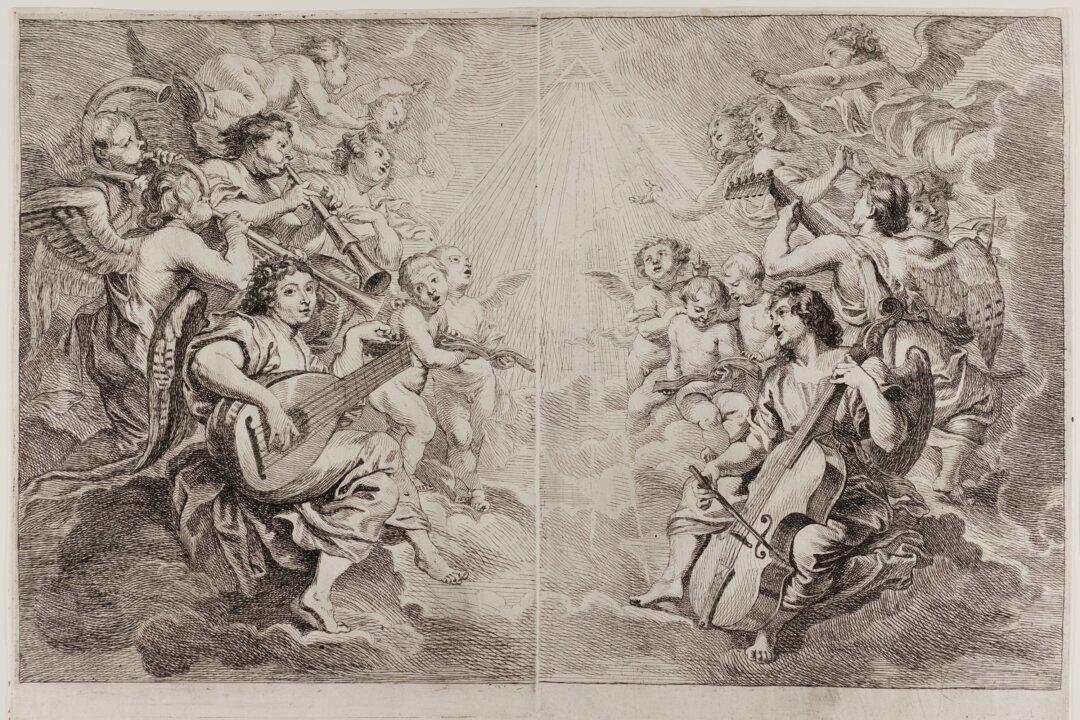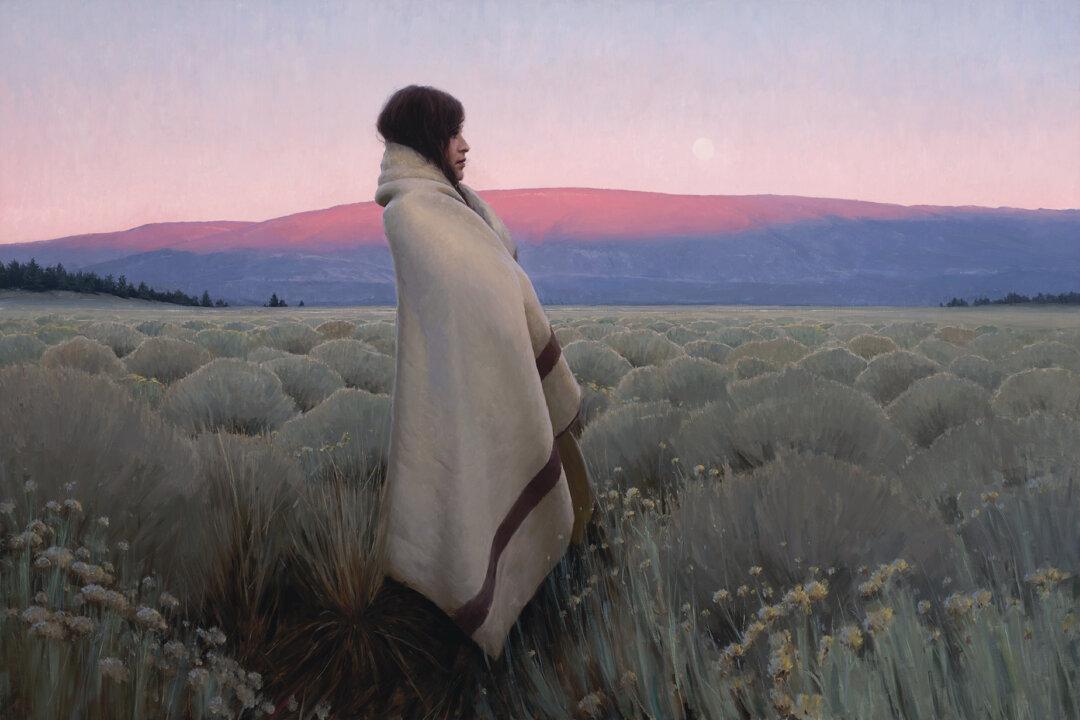An Interview with New Masters Academy Founder Joshua Jacobo
Many of us have been inspired to pick up a drawing pencil at some point in our lives. We may have been motivated to capture the beauty of a scene or depict a vision in our head, or perhaps, tempted by a row of instructional art books that sat unassumingly on the bookstore’s shelves. As children, we were all given crayons and markers to experiment in a world of colors and lines.




